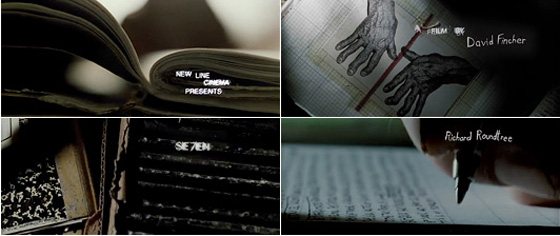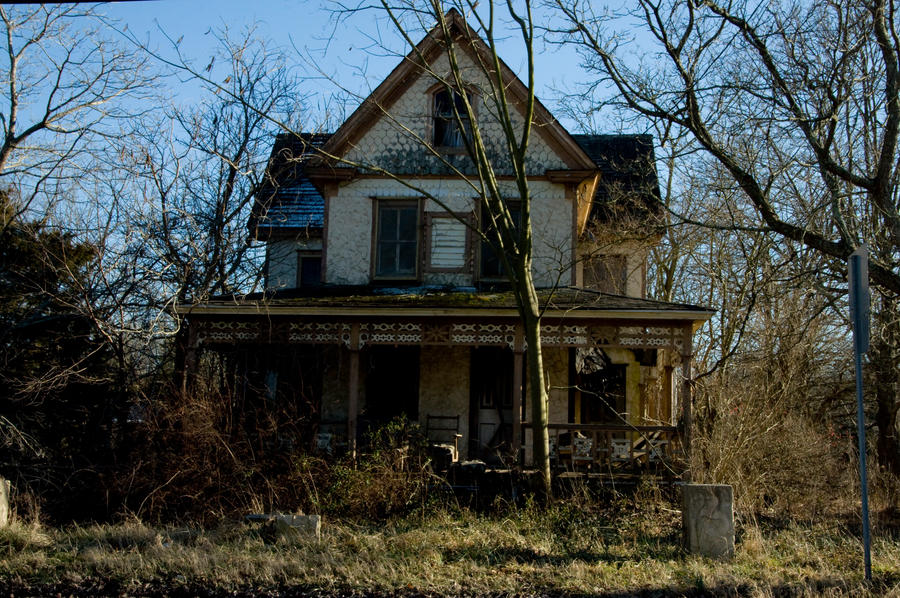Questionnaire
Intro: What is the importance of primary research? Relate to direct, specific audience feedback.
Primary research is research that is collected first hand by someone, examples of primary research includes surveys, interviews and observations. Primary research is important as it allows people to conduct research and gain new information about a certain product. It allows the researcher to receive information from specific audiences their products are aimed at. Different aged groups are likely to have different views about a product therefore the researcher can see the similarities and make their product based on the outcome of the research. For example a thriller film is aimed at both males and females from aged 10 and above therefore a questionnaire will allow me to collect information based on the target audiences responses.
What is the advantages and disadvantages of questionnaires?
Advantages of questionnaires include:
- A large sample of the given population can be contacted at relatively low cost.
- They are relatively easy to analyse.
- The format is familiar to most respondents
- They should be simple and quick for the respondent to complete
- Information is collected in a standardised way
- Respondents have time to think about their answers; they are not usually required to reply immediately.
- Allows you to collect information from a specific audience that your product is targeted at.
- Allows you to ask questions that you need to find out about making them product suitable for the audience meeting their expectations.
- If you forget to ask a question, you cannot usually go back to respondents, especially if they are anonymous
- It is sometimes difficult to obtain a sufficient number of responses, especially from postal questionnaires
- Those who have an interest in the subject may be more likely to respond, skewing the sample
- Respondents may ignore certain questions
- Questionnaires may appear impersonal
- Questions may be incorrectly completed
- They are not suitable to investigate long, complex issues
- Respondents may misunderstand questions because of poor design and ambiguous language
- Questionnaires are unsuitable for some kinds of respondents, e.g. visually impaired students
- There is the danger of questionnaire fatigue if surveys are carried out too frequently
- They may require follow up research to investigate issues in greater depth and identify ways to solve problems highlighted.
Who did you ask and why?
I asked twenty people consisting of ten males and ten females from ages 10 to 28 and older in order to get fair results from different point of views. Children under the age of 10 do not tend to watch thriller films as it is not appropriate for young children therefore I did not ask anybody under 10 years old. The results I got from the target audience allow me to understand what they want to see in thriller films and what they don't, making it suitable for the audience meeting their expectations.
Examples of your questionnaire uploaded.
Conclusion: How has this research been beneficial?
This research has been beneficial as it has allowed me to gather information about thriller films based on the target audiences expectations. It has also allowed me to ask important questions that I need to know, for example I asked "Do you prefer the antagonist to me a male or female?", based on the results I am able to act accordingly when choosing an antagonist, without asking the audiences opinion I am unable to make valid decisions as I cannot be sure of what the audience want. Therefore the questionnaire research has been benfeicial as I have collected information from my target audience making it easier for me to make decisions about my thriller film.

















































